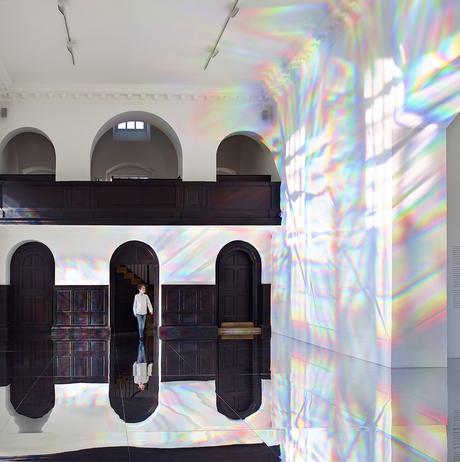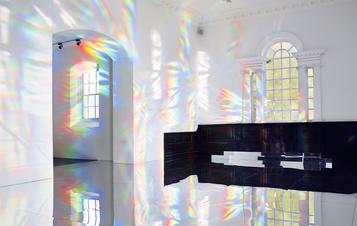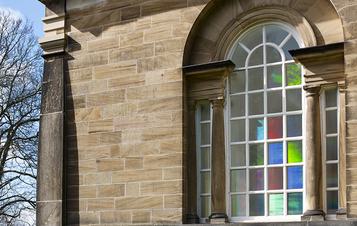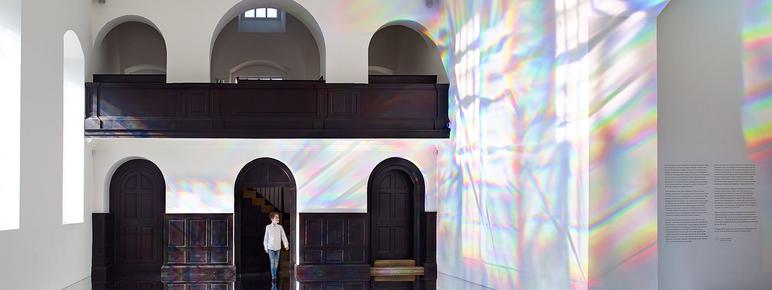
About Kimsooja: To Breathe
Kimsooja transformed the historic chapel with To Breathe, an enthralling installation using light and mirrors and the latest in a series of projects exploring meditative qualities of space.
Kimsooja's practice references and takes inspiration from traditional forms of female labour and craft, such as sewing and weaving, to investigate the role of women. Making quilts with her mother was the initial stimulus to adopting needlework as part of her practice, and since then (1983) the artist has travelled extensively, exploring the cultural importance of clothing, textiles and the associated acts of making.
For over 25 years the artist has used the form and idea of 'bottari' – the South Korean word for a bundle wrapped in fabric, which Kimsooja identifies as "a self-contained world – but one which, like a vessel, can contain everything materially and conceptually". Traditionally used for moving possessions from place to place, the bottari references the displacement of people. Kimsooja has extended the idea to incorporate larger spaces and even architecture, meaning that whole buildings could also be wrapped to alter, contain and re-shape what was within.
To Breathe in the Chapel was such a treatment of architecture. With a lightness of touch, Kimsooja transformed the entire space and blurred expected boundaries. The floor, covered with a mirrored surface, provided an entirely new way of seeing, seeming to open up and unfold the space, making solid surfaces and confining structures appear fluid and expansive. By placing diffraction film on all the windows, the light that entered forms a myriad of rainbow spectrums across the space, which were reflected infinitely via the mirrored floor.
Responsive to the natural environment, the installation changed according to the light quality and intensity, making every experience different and unique. A soundtrack of the artist breathing accompanied the visually spectacular and meditative installation, creating an intimate and shared encounter. What the artist described as the “‘void' within the skin of architecture" became the body of the work, and a site of communal contemplation for all who encountered it.
In addition to the physical act of sewing and its various cultural associations, Kimsooja also considers the concept metaphorically, seeing the body as a needle that weaves together the fabric of lives, cultures and cities, celebrating a shared humanity regardless of geographical borders. She is perhaps best known for her video work A Needle Woman, in which she stands still in a busy city centre, holds her space as people pass by around her, and creates a place of intense calm.
Related to this, Kimsooja’s 14-metre-high sculpture A Needle Woman: Galaxy was a Memory, Earth is a Souvenir, recently shown at Frieze Sculpture curated by YSP Director of Programme, Clare Lilley, has also been sited in the open air. This elegant spire was developed with scientists at Cornell University, New York, who formulated a nanotechnology film applied to the acrylic windowpanes that most closely mimics the iridescence of butterfly wings. With a mirrored floor, the environment within the spire is remarkable and its space appears to extend deep into the earth and to reach into the cosmos. It is a profoundly stilling, meditative experience, whilst from without, the spire is an extraordinarily graceful and uplifting sculpture. This is only the third time that A Needle Woman: Galaxy was a Memory, Earth is a Souvenir has been shown in public.
You might also like
- Art Outdoors
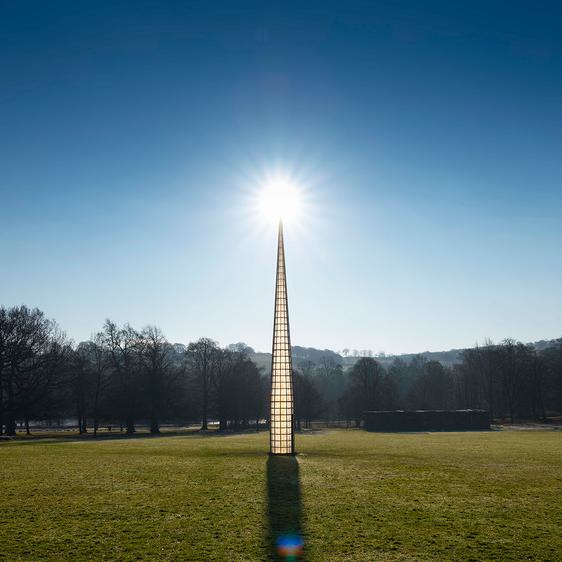
Kimsooja: A Needle Woman: Galaxy was a Memory, Earth is a Souvenir
Kimsooja developed this elegant and towering conical sculpture in collaboration with scientists at Cornell University. The nanopolymer in which its panels are covered enhances the refractive qualities of light, giving an iridescent effect similar to that which occurs naturally on the wings of a butterfly or a beetle’s shell. It is responsive to changing light conditions and brought to life by sunlight on its surface. - Profile
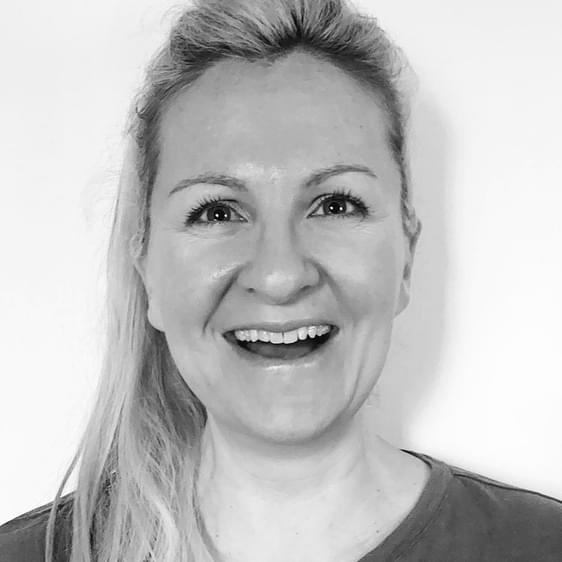
Puy Soden
Artist Educator - Art Outdoors

Jem Finer: Longplayer
- Profile

John Foster CBE
